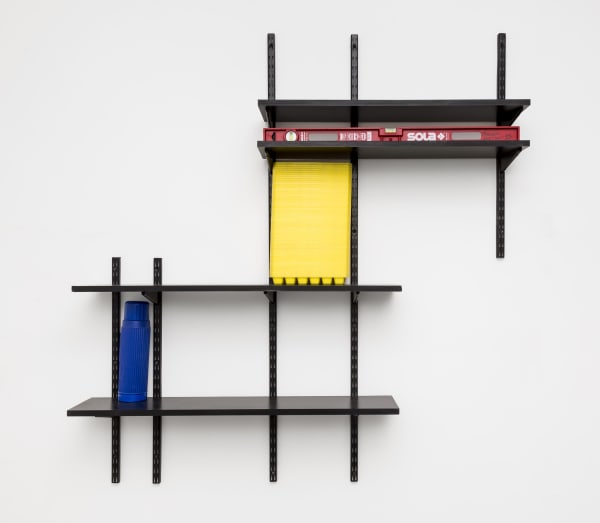Pablo Suárez
Buenos Aires, Argentina, 1937 - 2006
Pablo Suárez used to say that drawing is thinking; it was easy for him to tell a story, or communicate a social urgency, with a drawing. In his works, he combined acid humor with parody, and, at the same time, a loving and pious insight into his characters. The world of boxing, voracious women, and “chongos”, figures of men with exorbitant looks and bodies shaped by fist blows, were his themes and obsessions. His way of life, in some aspects, was a bit like those he represented: He lived with the bare necessities and used to gather around the television with his artist friends to watch soccer matches and boxing fights.
He was self-taught and entered the art world with the artists Alberto Greco and Antonio Berni, with whom he worked as an assistant. He was also part of the Di Tella group, but he left through a public letter, addressed to Jorge Romero Brest, when he desisted from participating in Experiencias 1968, a collective project that was brought about by a group of avant-garde, Argentine artists. That letter was taken by many as a formal resignation, but, for Suárez, it was a work of art: “Today, what I do not accept is the Institute that represents cultural centralization, institutionalization, the impossibility of valuing things at the moment they affect the surroundings, because the institution only welcomes products known for their prestige and makes use of them when they have either lost their relevance or are indisputable, given the degree of professionalism displayed by those who produce them, thus, removing any risk associated with their use.”. In a performative gesture, the letter was distributed at the door of the Di Tella Institute and also through the newspapers and magazines sold in the stalls on Florida Street, in downtown Buenos Aires. In this way, Suárez announced his position more akin to a plebeian artist.
He was a great catalyst of the imagery of his time and knew how to capture with a sharp eye the obsession for one's own image that would soon emerge on a massive scale. Curator Rafael Cippolini, creator of the exhibition Narciso Plebeyo, said that “Suárez considered that one of the most predominant symptoms of our times was that of self-exhibition with the intention of selling oneself”. Works such as Narciso de Mataderos (1984) and El Perla(retrato de un taxiboy) (1992) are a harsh expression of his perception.
Those who knew him remember him as a straightforward person, both in terms of praise and criticism. He was also a great teacher of new generations of artists in the 1990s. Together with Luis Fernando Benedit and Ricardo Longhini, he coordinated the Barracas workshop, a training space for sculptors. With a federal approach, the program summoned people from all over the country to work together, every day for two years, sharing and confronting experiences under Suárez's sensitive and provocative gaze.
-

I would never be friends with a bad artist
By Fernando Farina February 15, 2022I would never be friends with a bad artist A story should have a beginning, a middle, and an end, but not necessarily in that...Read more -

The past recalled
By Rodrigo Alonso February 4, 2022As we know, contemporary art does not follow specific construction rules, nor does it ascribe to precise disciplines or materialities. As a phenomenon that embodies...Read more




